#space mission
Text
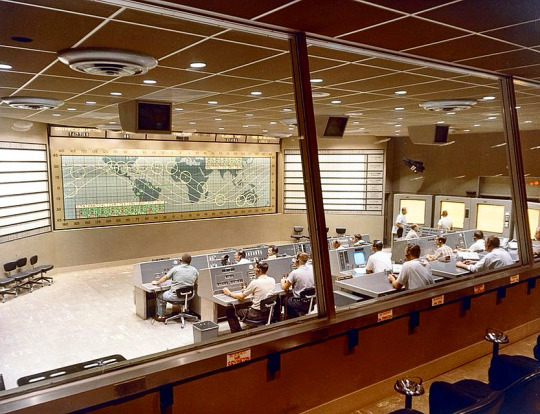
Ground control to Major Tom. Scene at the Mercury Control Center at Cape Canaveral in Oct 1962 during the Mercury Atlas 8 Mission. This spaceflight by astronauts Wally Schirra orbited Earth 6 times & lasted 9 hours. All Project Mercury flights and Gemini 1-3 missions were monitored here. Mission Control moved to Houston from Gemini IV onwards.
#project mercury#1962#mission control#cape canaveral#space mission#astronauts#1960s#astronaut#space exploration#space#space travel#nasa#vintage space#moon landing#space race#space age#space program#space history#nasa photos
27 notes
·
View notes
Text
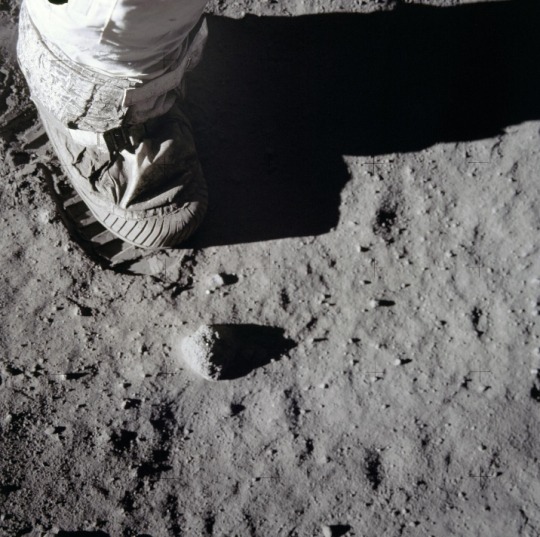
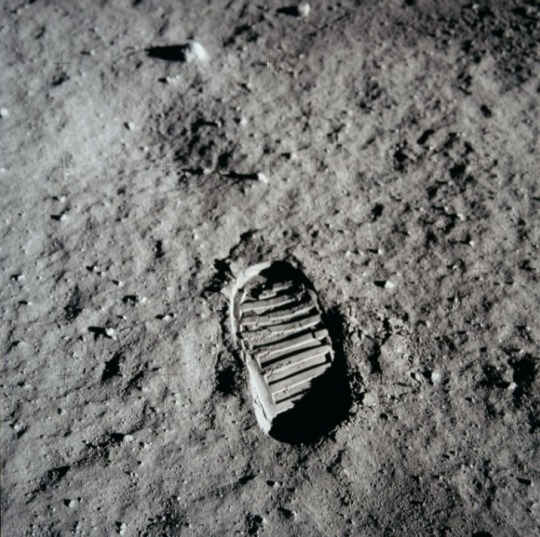
One small step. 🌑
On 20 July 1969 (54 years ago), Apollo 11 crewmembers became the first human beings to set foot on the lunar surface.
Today, we’re building on the legacy of Apollo as we prepare to establish a long-term human infrastructure on the Moon with Artemis.
— NASA
#International Moon Day#Artemis#Lunar Module 54#Neil Armstrong#Buzz Aldrin#Michael Collins#NASA#astronauts#space#space exploration#space mission#Eagle#moon#Apollo#moon landing
57 notes
·
View notes
Text

Soyuz TMA-9 Launch
The Soyz TMA-9 spacecraft atop a Soyuz FG Launch Vehicle launches from the Baikonur Cosmodrome in Kazakhistan to deliver a crew to the International Space Station - 18 Sep 2003
#Spaceflight#Soyuz#TMA-9#spacecraft#rocket launch#blast off#space mission#rocket#launch vehicle#Soyuz mission
12 notes
·
View notes
Text

A little while ago, NASA's Psyche space probe blasted off atop a SpaceX Falcon Heavy rocket from the Kennedy Space Center. After just over an hour, it successfully separated from the rocket's last stage and set off on its route that will take it into deep space, towards asteroid 16 Psyche, which it will reach towards the end of July 2029 to study its structure composed mainly of iron-nickel.
Within the asteroid belt between Mars and Jupiter and right now about 3.6 billion kilometers away from Earth, asteroid 16 Psyche is one of the largest known. It's an M-type asteroid, the type with the highest metal content. It has an irregular shape with a maximum length of almost 280 kilometers, which brings it close to the size of a dwarf planet.
10 notes
·
View notes
Text
Scientists use power of AI to supercharge planetary studies
A new technique for detecting planetary craters which will allow scientists to accurately map the surfaces of planets using different types of data has been described as a "game-changer" which could be used in future space missions.
A team of researchers from the University of Aberdeen has developed a new universal crater detection algorithm (CDA) using META AI’s Segment Anything Model (SAM).
youtube
SAM, released earlier this month, is a new artificial intelligence model that can automatically ‘cut out’ any object in any image.
The technology has enabled the team to automatically map craters instead of doing so manually – a time-consuming process. At the same time, the use of different types of data allows for more accurate and flexible surface characterisation.
The CDA approach can work with different data and celestial bodies, giving it the potential to be a universal solution for crater detection in various planetary surfaces.
It could also help identify possible landing sites for robotic or human missions, and potentially be used for automatic navigation based on terrain observations.
Dr Iraklis Giannakis, from the University’s School of Geosciences, led the research in collaboration with colleagues from the University. A preprint of the results has been published in arXiv.
Dr Giannakis said: “Crater detection is a crucial task in planetary science enabling us to better understand the geology, history, and evolution of celestial bodies such as Mars, the Moon, and other planets.
“Our universal CDA approach leverages the power of SAM to automatically detect craters with high accuracy and efficiency, reducing the need for manual identification.
“With its advanced segmentation capabilities, SAM has proven to be a game-changer for CDA, allowing us to accurately identify craters of various sizes, shapes, and orientations – even in challenging terrain conditions.”
Dr Giannakis said the development of the CDA has created new possibilities for planetary science as well as for future exploration missions.
“By automatically mapping craters scientists can study their distribution, size, and morphology to better understand the planetary surface and its evolution over time. This can help in uncovering the geological history, surface processes, and potential habitability of a planet or moon.
“Craters can also be potential sources of valuable resources, such as water ice on planetary bodies like the Moon or Mars. By automatically mapping craters, scientists can identify potential locations where resources may be concentrated, which can be important for future human missions and for planning resource utilisation strategies in space exploration scenarios.”
#AI#Space#Mars#Meat AI#UniOfAberdeen#University of Aberdeen#AberdeenUni#planetary science#Craters#space mission#Moon#Youtube
25 notes
·
View notes
Text
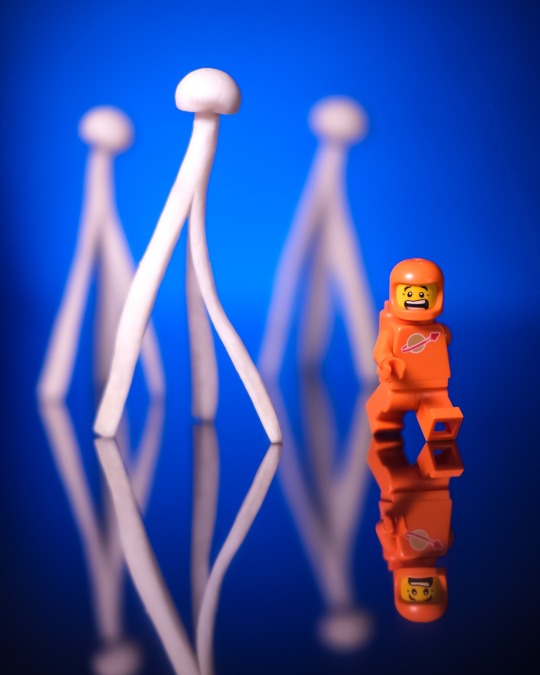
Run!!!
Had some fun creating alien creature from you guessed it “mushroom”
Have a pleasant Friday 😉
#the spaceman#space mission#astro boy#astronaut#astroworld#lego classic#legoclassicspace#mushrooms#mushroom art#food art#legoart#legophotography#legomoc#toyartistry#artists on tumblr#legostagram#reflection#brickcentral#fujifilm#epictoyart#legominifigures#fujifilm x series#minifigures#legofun#legomania
85 notes
·
View notes
Text
बधाई हो भारत! Congratulations India!
Congratulations India!!
ISRO – Indian Space Research Organisation has achieved the unprecedented soft landing of a probe on the Moon’s South Pole.
Image taken on Internet
This is a huge success for a nation that has been able to successfully send a mission to the Moon on a budget of just under $75 million (around ₹ 615 crore) to build the Chandrayaan-3. As a paragon, Russia’s Luna 25, which…
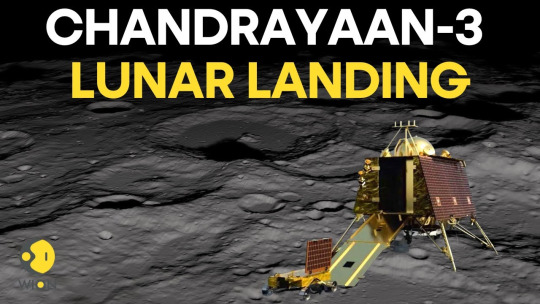
View On WordPress
#Chandrayaan-3#India#Indian Space Research Organisation#ISRO#ISRO - Indian Space Research Organisation#moon#Moon Landing#Moon South Pole#Raffaello Palandri#Space Mission
14 notes
·
View notes
Text

Lunar Odyssey: Astronauts Unveiling the Secrets of the Moon!
#astronaut#moon#lunar exploration#space travel#adventure#scientific discovery#lunar mysteries#moon landing#cosmic journey#outer space#human achievement#space mission#lunar surface#extraterrestrial exploration#lunar secrets#celestial exploration#astronomical expedition#lunar discoveries#space odyssey#moonwalk#space science#cosmic wonders#lunar research#lunar landscape#moon mission#lunar phenomena#astronaut adventures#lunar module#interstellar exploration#moon base
14 notes
·
View notes
Text
Hello my conscious being - let them who hears, hear this transmission!
I am here to tell you to prepare to be awakened and rise to meet your own truth. This is a time when the veil lifts and many are found with their own reflections in the mirror of the Matrix.
Please be patient with yourself as you adapt to a new design, and be conscious of your energy! Where is it going? How is it being spent? This isn’t self-improvement, this is energy efficiency, protection, and maintenance. We have gone without self-*insurance* for long enough.
Be gentle with yourself as you unveil your shadows and rise to meet the truth. I’m on a journey to reveal more of these messages to the public and ask for your gentleness and support as I unveil, discover, and spread these incoming messages. 🤲🏾
#spiritual awakening#spiritual warfare#spi#spiritual knowledge#war is real#spilled truth#revelation#space mission#ancient aliens
2 notes
·
View notes
Text

Hum Suraj Chachu k ghar ko nikal gye.
12 notes
·
View notes
Text


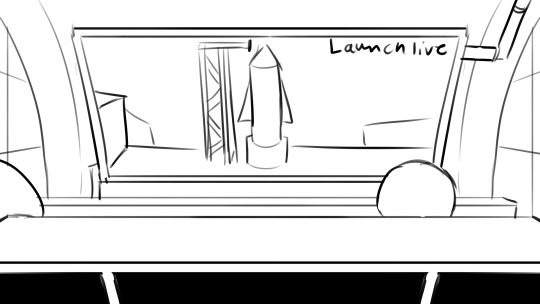
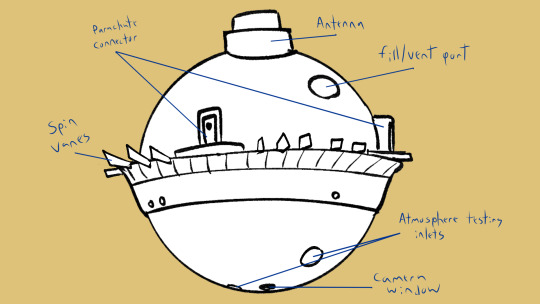
// Hey, we started this blog because we're working on some cool science videos. Heres the animatic shots from our current one about the 2029 davinci probe mission to Venus, called the big plunge.
We can share our original animatic now and shots from it since we're producing the final film And as always: Space is the coolest
2 notes
·
View notes
Note
Lovely to see you back Wolfie!!!
Could I request a Whump Scott with happy ending? With John doing protect? Mission in space? ^^"
Thank you!!
I will add it to the list and get brainstorming for you! ^^
#thunderbirds are go#tag 2015#thunderfam#support your fanfiction authors#ao3#fanfiction.net#darkestwolfx#scott tracy#john tracy#space mission#thunderbird three
2 notes
·
View notes
Text

A Family Portrait: The Earth, The Moon and Orion
📷: NASA's Artemis I Mission
—
Artemis 1, officially Artemis I and formerly Exploration Mission-1 (EM-1), was an uncrewed Moon-orbiting mission.
As the first major spaceflight of NASA's Artemis program, Artemis 1 marked the agency's return to lunar exploration after the conclusion of the Apollo program five decades earlier.
It was the first integrated flight test of the Orion spacecraft and Space Launch System (SLS) rocket.
The main objective was to test the Orion spacecraft, especially its heat shield, in preparation for subsequent Artemis missions.
#earth#moon#NASA#Orion#space#space mission#Artemis I Mission#Space Launch System (SLS)#spacecraft#rocket
19 notes
·
View notes
Text
In case anyone ever wondered how Mr. Realis looks, here's his reference sheet!

I didn't put this on the sheet because I didn't want to clutter it with too many words, but he's actually 6'5"... Which is way too tall for ANY businessman with questionable morals!
Realis is basically the Mission Consultant, meaning he advises crew members on what the best options are to follow, and makes sure the mission is running smoothly. He's also there if anyone ever needs to talk; since he's trained in PR and can sort out conflict and build relationships between Aurora crew members quite well, it sort of became part of his job. ALSO he sends frequent reports to Mission Command, who are based in Vandenberg, CA
#space#scifi#space crew#space mission#scifi story#space story#artists on tumblr#art#artwork#reference#original character#character design#this is way too many hashtags
4 notes
·
View notes
Text

A confirmation has arrived that three Chinese taikonauts from the Shenzhou 17 mission reached the Chinese space station Tiangong with an automated docking maneuver. They blasted off about 6.5 hours earlier atop a Long March-2F rocket from the Jiuquan Satellite Launch Center. They form the sixth crew of the Chinese space station and will remain there for about six months, the standard duration for a mission.
The three taikonauts, as the Chinese call their astronauts, of the Shenzhou 17 mission are Tang Hongbo, Tang Shengjie, and Jiang Xinlin, whose names were announced only the day before the launch, as is customary for the Chinese.
6 notes
·
View notes
Photo

Soviet poster celebrating the Apollo-Soyuz Mission conducted on 15-24 July 1975. Apollo–Soyuz was the first crewed international space mission that was carried out jointly by the United States and the Soviet Union.
#vintage poster#1970s#soviet union#apollo-soyuz#russian#apollo#soyuz#space mission#space#space exploration
64 notes
·
View notes